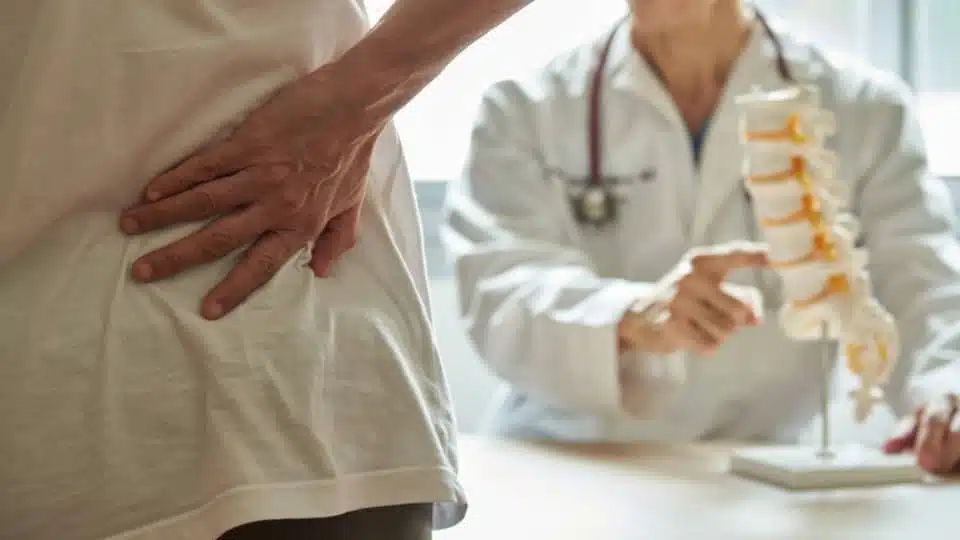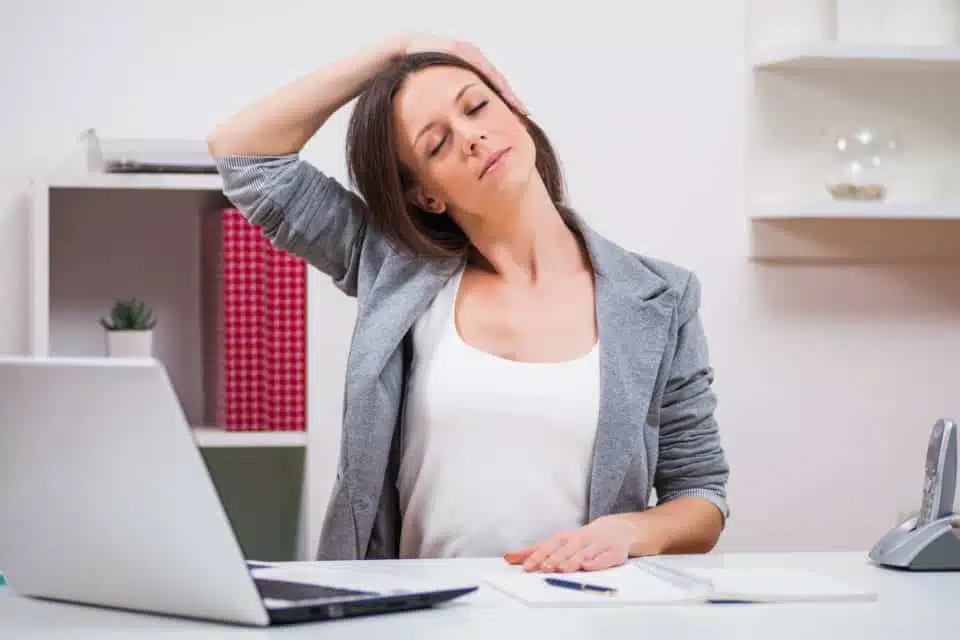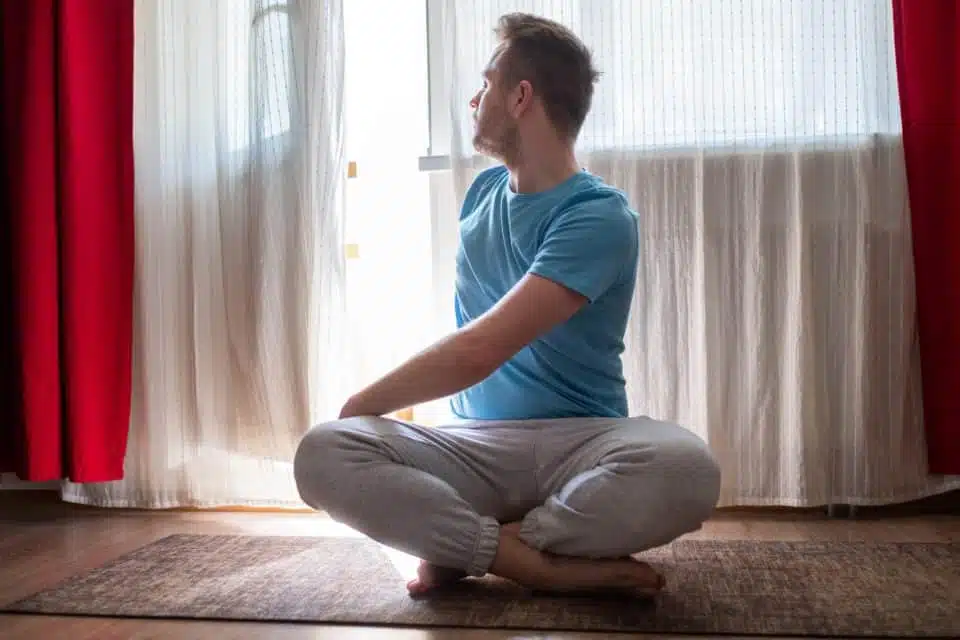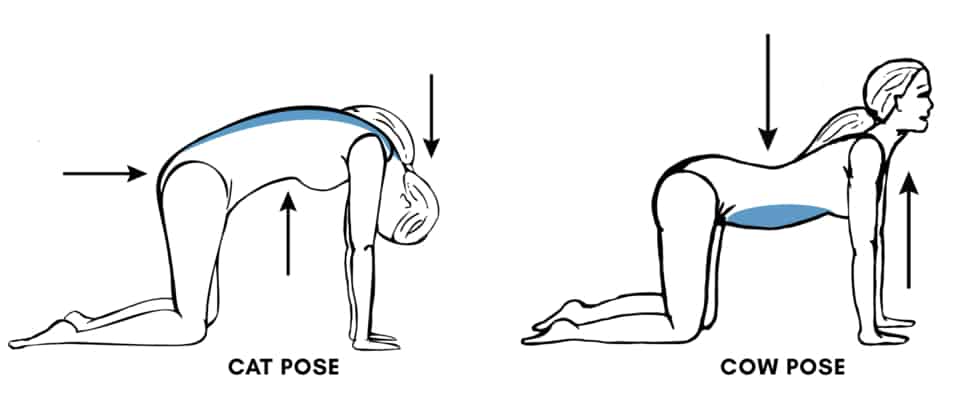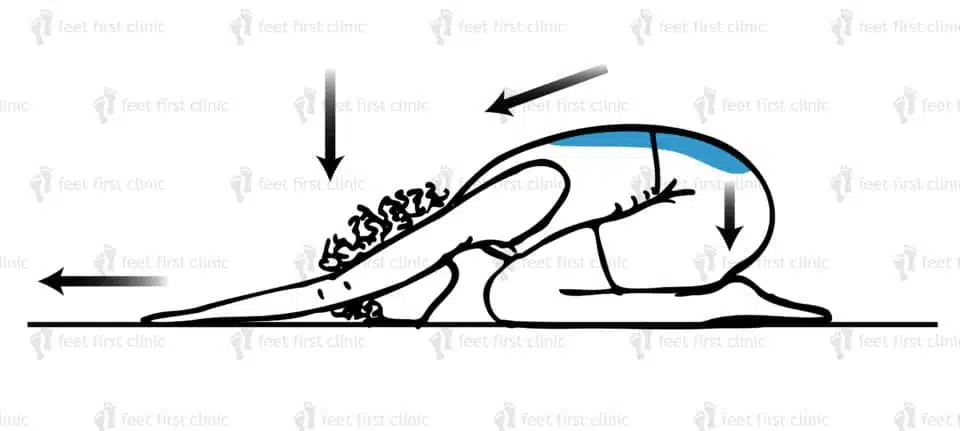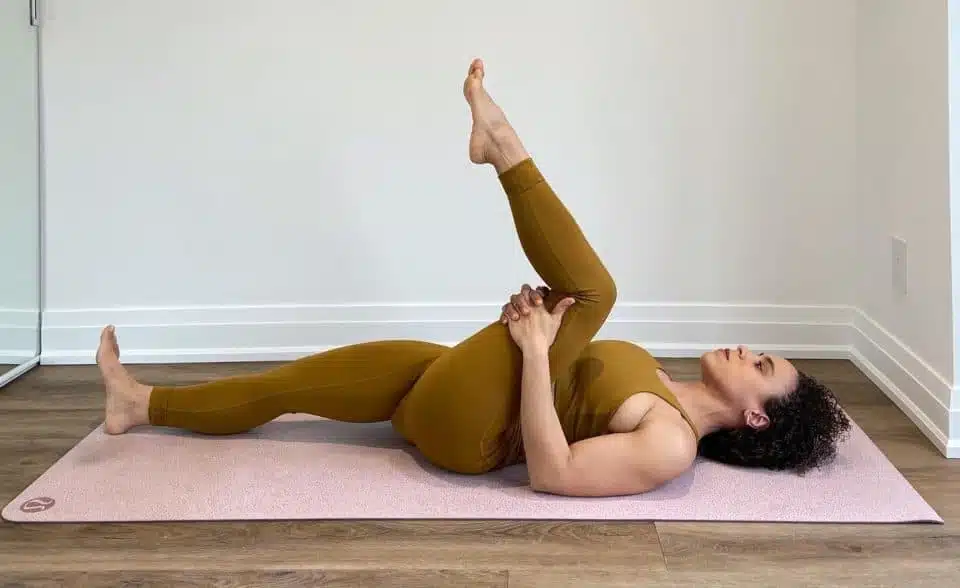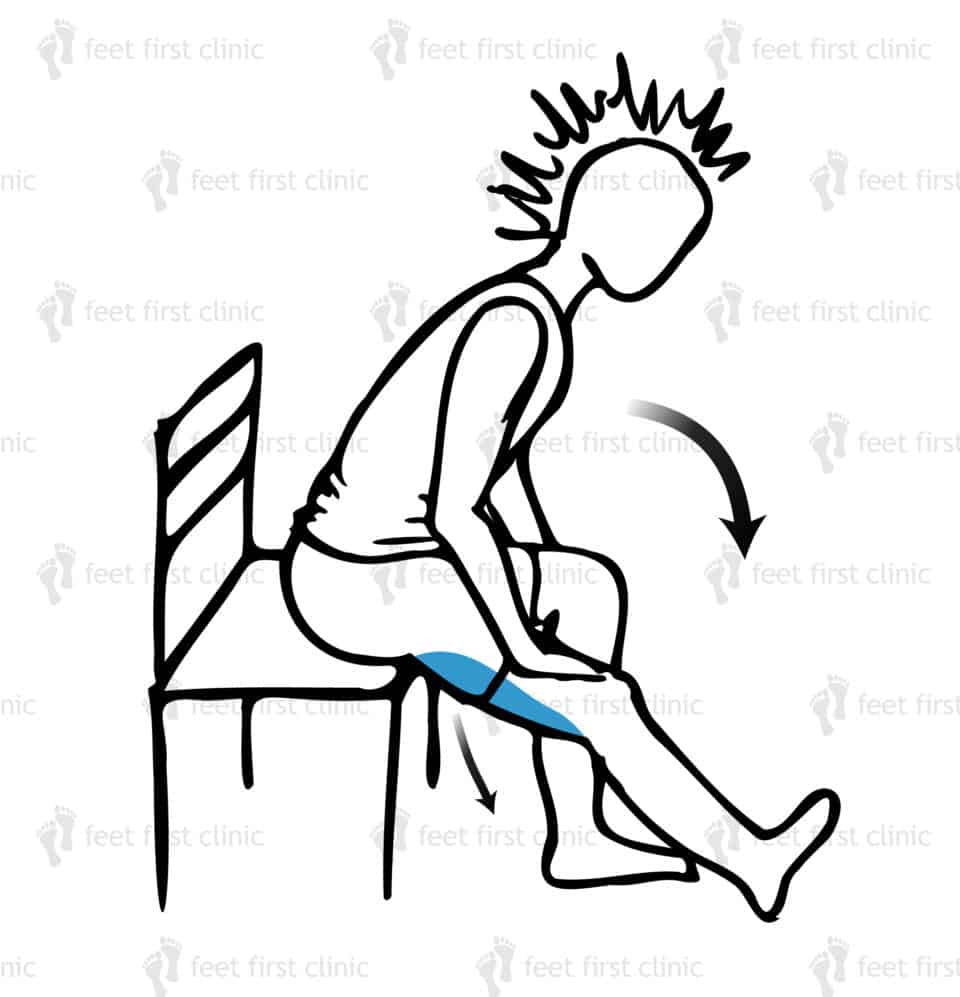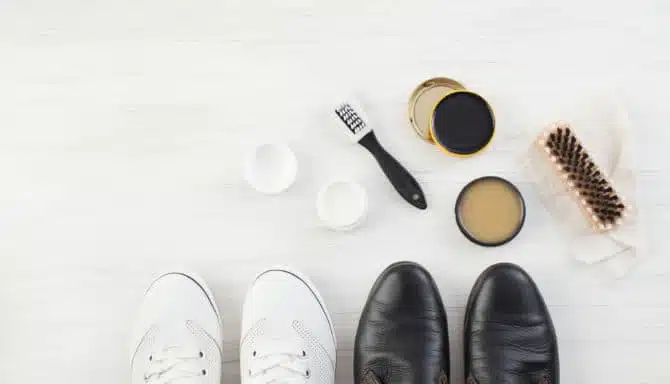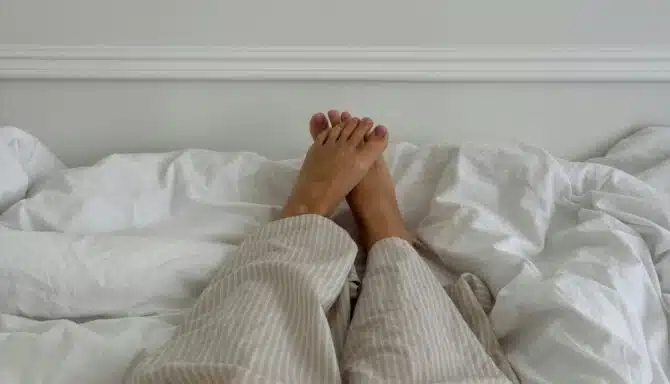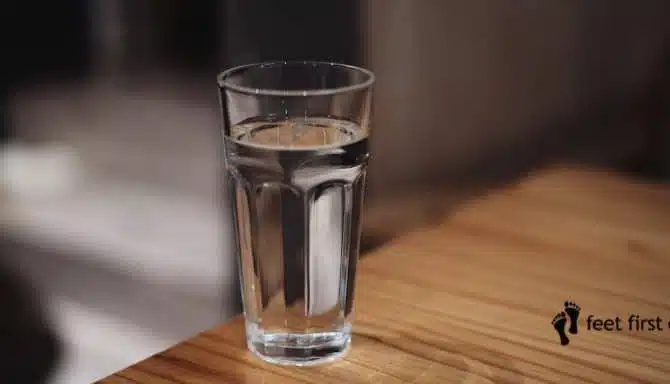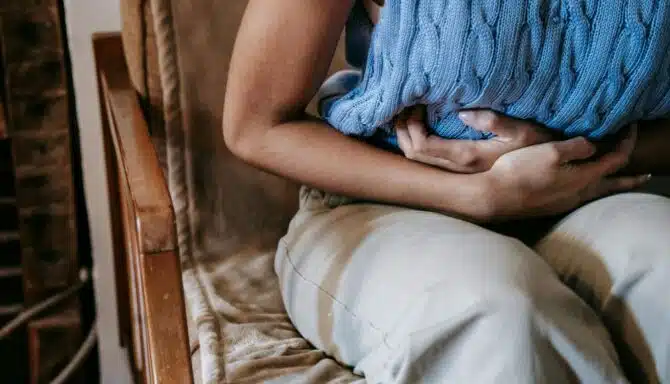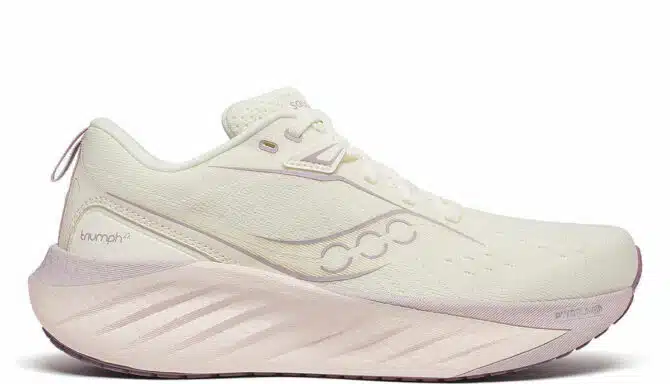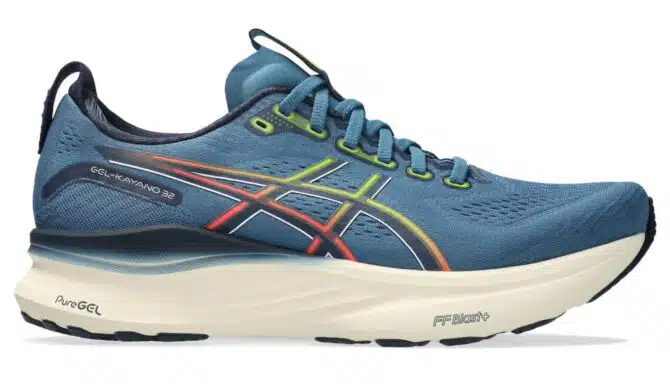Sometimes, we have aches and pains we can’t explain. Our feet hurt, our legs hurt, and to top it off, there’s a frustrating back pain that makes us want to stay home and hang out in bed. The thing is, this is the last thing you should do.
In the case of a severe back injury or extremely acute pain, you should rest before going about your daily activities. However, if your back pain is chronic and bothering you on a regular basis, it’s time to learn some tricks that’ll help reduce (even prevent) back pain and let you enjoy your life. One way to do this is stretching.
Our body consists of an interconnected network system of nerves, tissues, ligaments and muscles. It’s fascinating how working one muscle can positively affect another due to everything working harmoniously together. By stretching regularly, we can loosen tight muscles, which eases the tension and strain they place on other muscles. That’s why foot stretches can also have a wonderful effect on back pain, particularly lower back pain. It’s also the reason why untreated back problems can lead to foot pain, and vice versa.
Let’s look at everything there is to know about stretches for back pain!
Common Back Injuries and Conditions
The Mayo Clinic estimates that 80% of the population deals with back pain at some point in their lives. And thanks to increased reliance on technology in our workplace (sitting at a desk much?) this number is rising. In fact, back pain is believed to be the leading cause of workplace absence. There are many different conditions and injuries that can lead to back pain, including:
- Muscle and ligament strain
- Osteoarthritis
- Osteoporosis
- Soft tissue injuries
- Ruptured discs
- Pinched nerve
Depending on the type of back injury or condition you have, the stretches in today’s blog can be incredibly useful. While we’ve selected a handful to go over with you, you can also speak to a specialist about what specific stretches they suggest.
To learn more about the benefits of stretching, and our top tips for best stretching practices, check out our article on the Perfect Stretching Routine.
Today’s we’ll discuss the following stretches, organized from head-to-toe:
- Neck stretches
- Seated twist
- Cat/cow pose
- Child’s pose
- Knee to chest stretch
- Chair hamstring stretch
Neck Stretches (upper-back pain)
The great thing about upper-back stretches is that they are multi-beneficial and help with neck and shoulder stiffness. These are areas where people carry most of their stress and the “weight of the world.” With simple stretches, you can loosen those tight muscles and prevent other complications, like worsening pain and headaches. Honestly, you can do a lot of upper back stretches while you watch a movie or television — that’s how hassle-free they are. This simple stretch is a total lifesaver for those always hunched over at their computer.
To stretch the sides of your neck:
- Wrap your arm over your head and place your hand on the opposite side of your head, near your ear.
- Next, use your hand to gently pull your head to your shoulder until you feel a light stretch on the opposite side of your neck. Hold for 10-15 seconds.
- Repeat on the opposite side.
To stretch the back of your neck and upper back:
- Put both hands on the back of your head and gently pull your head downward toward your chest. Keep your shoulders down and stop as soon as you feel the stretch in the back of your neck/upper back area. Hold for 15 seconds.
Tips:
- Do not lift your shoulders as you do this stretch.
- Only move your head as far as you need to feel the stretch, and then stop and hold; do not pull or force it.
Seated Twist (mid-back pain)
Mid back pain is a difficult thing to target. You’ll need a stretch that elongates the spine and works your front and back. The seated twist stretch can also help you build muscle that improves your posture over time, preventing mid back pain flare-ups.
Steps:
- Sit on the floor or bed with your legs crossed and back straight.
- Place one hand on your opposite knee and twist the top half of your body in the direction of that arm, while keeping the lower half fixed. Only twist as far as you comfortably can; don’t force yourself.
- Hold the position for 30 seconds.
- Return to the starting position before repeating on the other side.
Where you’ll feel it: You’ll feel this in your low and mid back, by the side opposite of the direction you are twisting.
Modifications: You can also try doing this stretch on a chair – perfect for when you’re at the office. When doing the stretch on a chair, you can place your hands on the back and use the back of the chair to help you twist.
Cat/Cow Pose (upper back, mid back and lower back pain)
The cat-cow stretch is also an excellent exercise for lower back, upper back and neck pain. It improves flexibility and your range of motion by managing joint stiffness and maintaining the elasticity of the muscles around your spine. This exercise can also help strengthen the spine and stimulate blood flow. Web MD notes that this is critical for those with rheumatoid arthritis, and anyone concerned about back pain.
Steps:
- Start on all fours with your arms aligned with your shoulders and hips aligned with your knees.
- While inhaling, bend your back upward into the shape of the letter C and let your chin rest on your chest. This is the “cat” pose.
- Then exhale as your stomach extends downward towards the ground, raise your chest, and tilt your head and buttocks upward. This is the “cow” pose.
- Repeat 10 times per rep.
You can also do this series as a stretch by holding each pose for 30 seconds. It feels fantastic after a long workday sitting at the computer.
Where You’ll Feel it: You’ll feel this all throughout your back. You’ll feel the cat pose mostly in your upper and mid back (and maybe your low back). You’ll feel the cow pose in your abdominal area as well.
Modifications: If you’re having trouble feeling it, try moving your hands a bit and adjusting your position.
Child’s Pose (lower back pain)
One of the best ways to work your lower back muscles is by performing a child’s pose. Not only does it stretch the muscles of your lower back, but it also targets your inner thigh muscles. Once you get the hang of this stretch, it can be deeply relaxing and soothing as you enjoy stress relief and improve your flexibility. The child’s pose also boosts blood flow and targets back disc pain.
Steps:
- Kneel on the floor with your palms lying on your thighs, and your buttocks resting on your ankles and calves (like you’re sitting on your feet).
- Next, you’ll extend your arms forward on the floor with your head facing downward while you lower your torso between your knees, while keeping your buttocks down. Reach your arms out as far as you can on the floor, while keeping your buttocks down.
- Hold for 30 to 60 seconds, or 3 sets of 20 seconds
Where You’ll Feel it: You’ll feel this mostly in your low back. You may also feel it in other parts of the back and your arms.
Tips and Modifications:
- If you’re having trouble lowering yourself, you can try lifting your buttocks a little bit to start, and then lower it back down once you’ve lowered your torso and extended your arms.
- If you’re having trouble feeling the stretch, try reaching further with your arms in front while moving your buttocks back (in essence like your arms and buttocks are moving in opposite directions).
Knee to Chest Stretch (lower back and hip pain)
You can tackle both hip and lower back pain with the knee to chest stretch. As one of the best stretches for lower back pain, it can help relieve pain in the spinal nerves. It also works the lumbar spine (lower back) muscles and improves flexibility. Very Well Health also notes this stretch can help relieve spinal arthritis stiffness and improve range of motion.
Best of all, this stretch feels quite nice and is not as difficult as other alternatives. Like all the stretches we’ll talk about today, this is a good choice for seniors and arthritis. Back stretches for older people and people with arthritis should be effective yet not too strenuous.
Steps:
- Lay on your back with the backs of your heels flat to the floor.
- Place both hands on your knee, bringing it towards your chest as far as possible.
- Hold for 30 seconds as you feel the stretch in the lower back.
- Repeat with your other leg.
Where You’ll Feel it: You’ll feel this primarily in your low back, but you may also feel it a little big on the back of the thigh (hamstring) of your bent leg and buttock area.
Chair Hamstring Stretch (lower back and hip pain)
All of the muscles in your body work as a team to keep you feeling your best. In this case, working the hamstrings is a good way to achieve lower back pain relief. Tight hamstrings lead to pain in the lower back and buttocks as stress increases (our hamstrings are anchored in our hip joints, and when they get tight, they pull on it, which leads to hip and low back pain). Furthermore, people with sciatica can work to relieve sciatic nerve root pressure in the lower back by paying attention to the hamstring muscles. Stretching your hamstrings also eases strain on your knees and calves (which can in turn help your feet and ankles).
Steps:
- Start by sitting with your back straight on the edge of a chair with your hands on your hips.
- With one foot planted on the floor, extend your other leg in front of you – only go as far as your body allows.
- Hold for 30 seconds and repeat, alternating between each leg.
Where You’ll Feel it: You’ll feel this stretch on the back of your thigh (the hamstrings).
Tips: If you’re having difficulty feeling the stretch, try extending your leg further out in front, lowering it more, or leaning forward.

